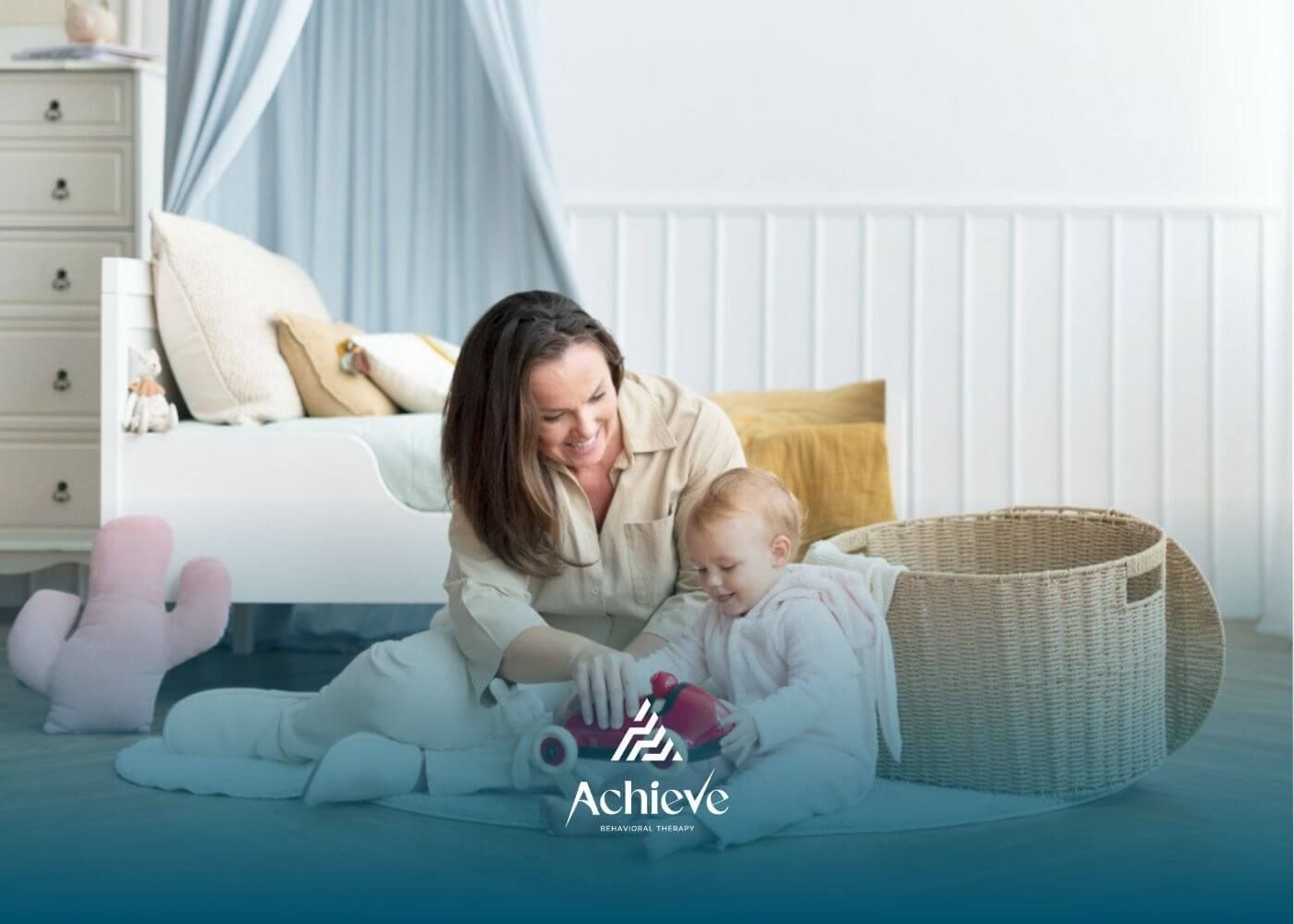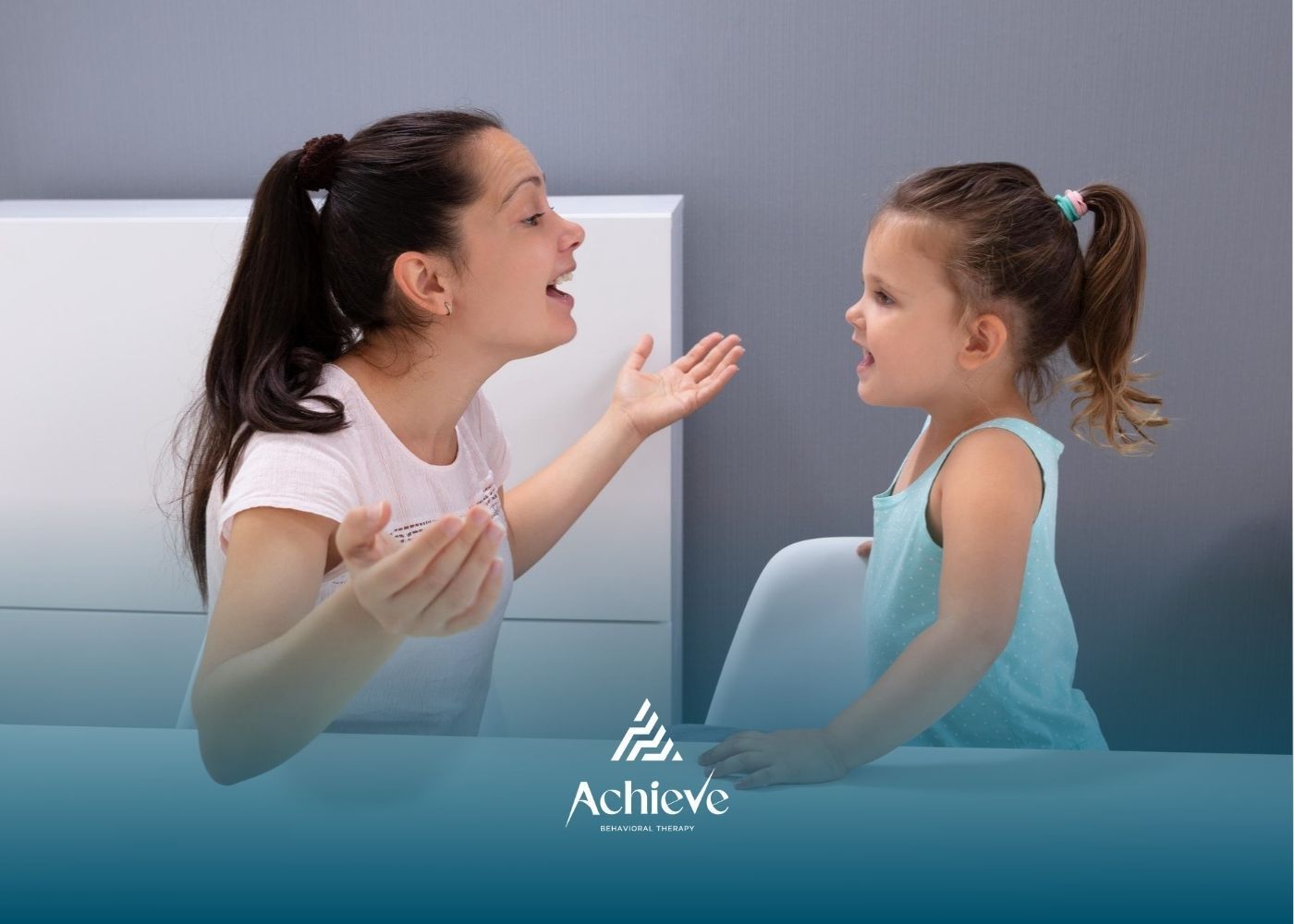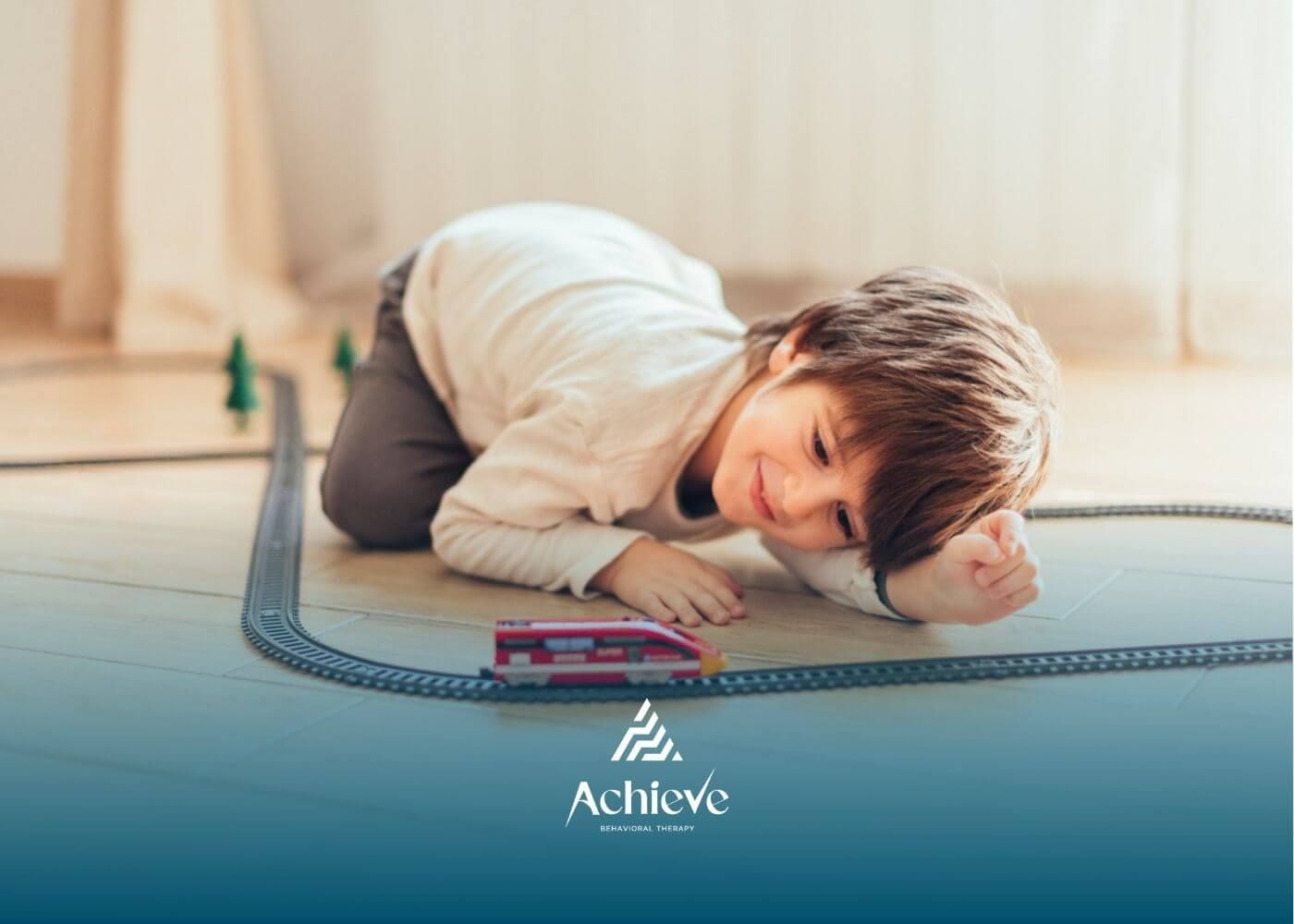Easy ABA Techniques Parents Can Use at Home to Support Child Development

ABA therapy doesn’t have to feel complicated. In fact, many parents I’ve worked with discover that their best learning moments come during ordinary routines—like mealtime, playtime, or bedtime. By using ABA techniques at home, you can support your child’s growth in ways that feel natural and manageable.
In this guide, I’ll share easy ABA strategies that you can start incorporating into your daily routine to support your child’s development.
Why Practice ABA at Home?
Practicing ABA at home allows parents to reinforce what their child learns in therapy and creates opportunities for growth in daily routines. Consistency is key, and research shows that parent involvement in ABA can make therapy significantly more effective.
Building Consistency Across Settings
Home-based ABA ensures children experience the same strategies in therapy and at home, making learning stronger and more reliable.
Supporting Skill Generalization
Skills don’t always “stick” unless practiced in different settings. ABA at home bridges the gap between structured therapy and everyday life.
Strengthening Family Bonds
Working together on goals and using positive reinforcement fosters trust, improves communication, and strengthens family relationships.
How to Set Up a Simple ABA Routine
Children with autism often thrive when life is structured and predictable. Setting up a basic ABA routine at home makes transitions smoother, reduces stress, and provides a strong foundation for learning.
Creating a Predictable Schedule
Using visual schedules with pictures or words helps children understand what comes next, easing transitions throughout the day.
Setting Realistic Goals
Start small—focus on one or two skills at a time. Breaking big tasks into smaller steps makes progress more manageable.
Being Patient with Progress
Progress may be slow, but consistency and celebrating small wins will build momentum and confidence over time.
Tools That Make ABA Easier at Home
You don’t need expensive equipment to get started with ABA at home. Simple tools can help clarify expectations, reduce frustration, and keep your child motivated.
Visual Supports
Picture charts, first-then boards, and checklists make instructions clear and less overwhelming.
Timers for Transitions
Visual timers help children see how much time is left, making transitions easier to manage.
Reward Systems
Token charts and sticker boards provide motivation and let children track their progress visually.
Using Positive Reinforcement
Positive reinforcement is at the heart of ABA. Instead of focusing on mistakes, parents reward desired behaviors, making it more likely those behaviors will be repeated.
Why Reinforcement Works
Research shows that consistent reinforcement is more effective than punishment in shaping long-term behavior.
Giving Effective Praise
Be clear and specific with praise. Recognizing exactly what your child did right helps reinforce the behavior.
Choosing the Right Rewards
Every child is motivated by different things—snacks, toys, or special activities. Rotating rewards keeps motivation high.
ABA Activities for Communication and Social Skills
ABA isn’t just for managing behaviors—it’s also a powerful way to support communication and social interaction. At home, you can use fun, structured activities to build these skills naturally.
Encouraging Communication
Activities like picture exchange, labeling objects, or singing songs help children practice language in everyday situations.
Building Social Skills Through Play
Games like turn-taking, emotion charades, and role-playing make social skill practice fun and engaging.
Making Learning Fun
When learning feels like play, children stay motivated and are more likely to use their new skills outside of practice.
At Achieve Behavioral Therapy, we believe every parent deserves the tools and confidence to support their child’s growth. Our team of board-certified behavior analysts works closely with families in New Jersey and North Carolina to create personalized ABA plans that fit your home life.
Ready to see meaningful progress? Contact Achieve Behavioral Therapy today and let’s build a brighter future—together.
FAQs
How much time should I spend on ABA at home?
Even 15–30 minutes a day can be effective if you’re consistent. Short, structured sessions usually work better than long ones.
What mistakes should I avoid?
The biggest mistakes are being inconsistent, setting goals that are too ambitious, and relying on punishment instead of reinforcement.
How can I track my child’s progress?
Use a simple log, token board, or chart. Record successes daily and share them with your ABA therapist to guide future goals.
Sources:
- https://www.autismparentingmagazine.com/how-negative-reinforcement-work/
- https://www.ncbi.nlm.nih.gov/books/NBK459285/
- https://www.bhcoe.org/2021/07/the-role-of-caregiver-involvement-in-aba-therapy/
- https://www.sciencedirect.com/science/article/abs/pii/S1077722911000745
- https://pmc.ncbi.nlm.nih.gov/articles/PMC6269398/
Need Support?
We're Here to Help!
Our experienced team is ready to assist you. Reach out today to discuss how we can support your child's development and well-being.
Get started with expert ABA therapy today.













